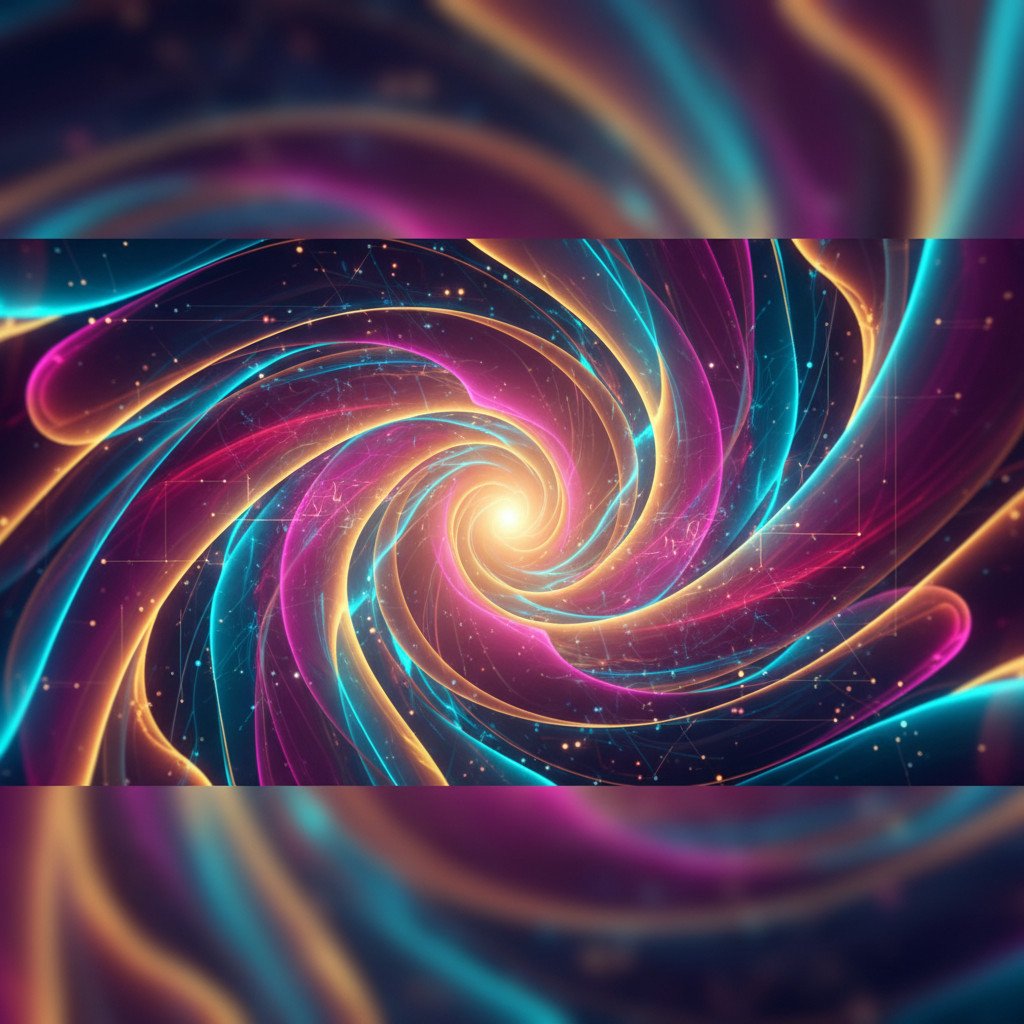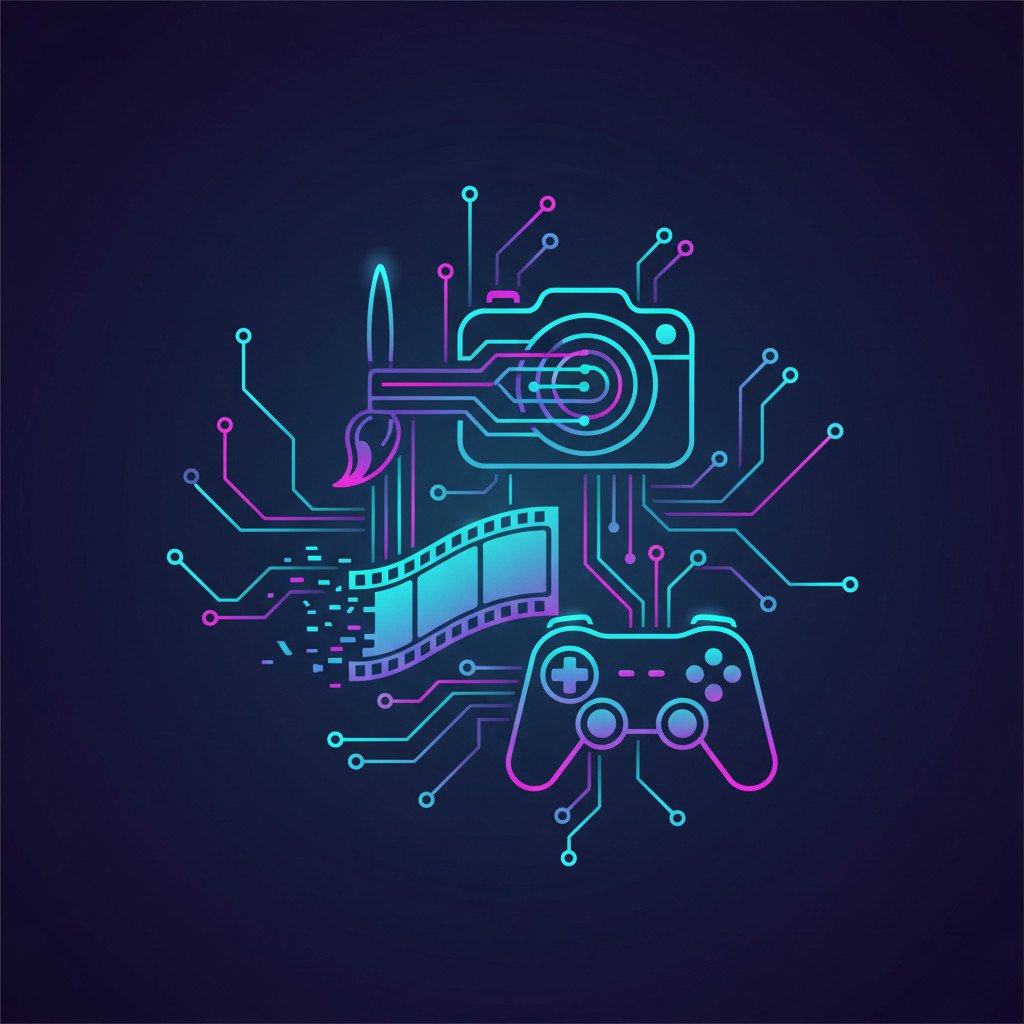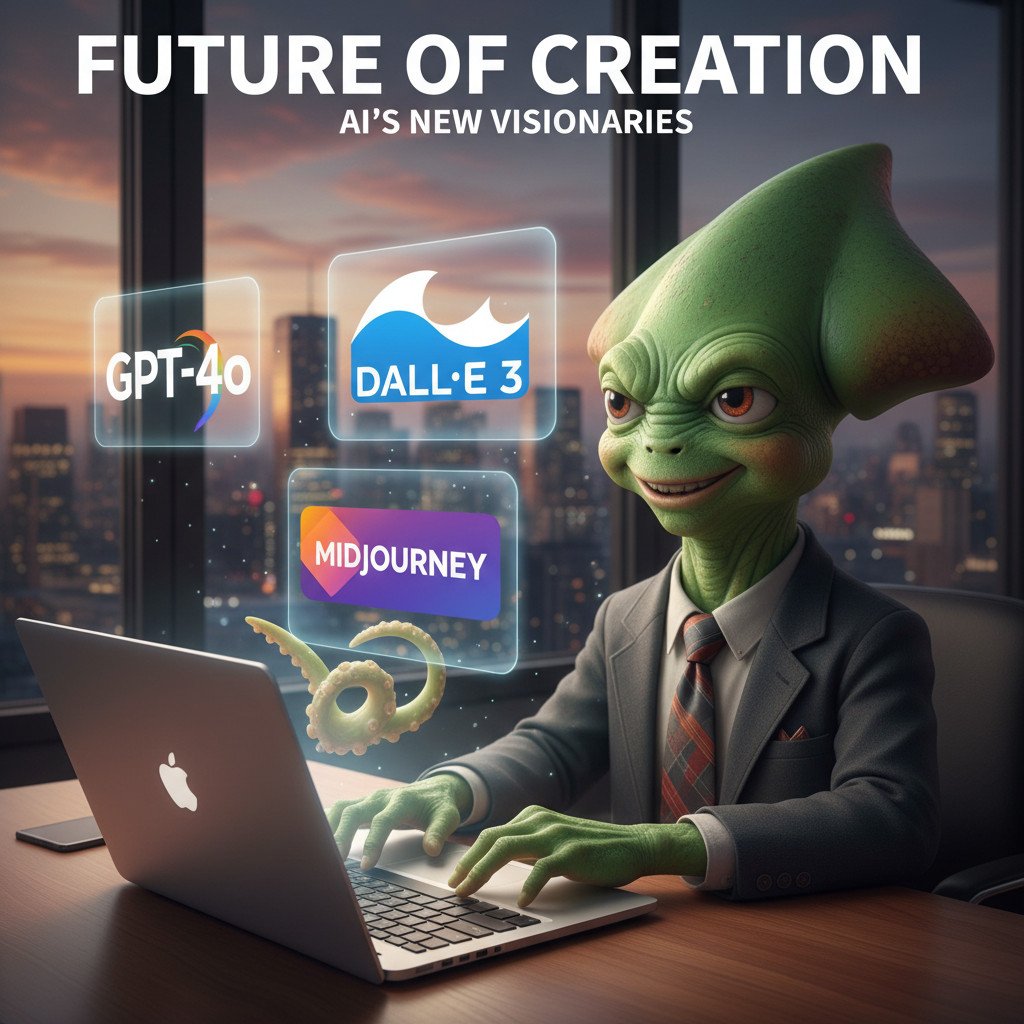The world of AI image creation is moving faster than ever, and 2026 promises dazzling leaps. If you want the most powerful tools, explore the best AI image generators 2026 for designers and teams. Across research labs and startups, diffusion models and multimodal LLMs now blend text and visuals. Because of bigger datasets and optimized training, these systems create more coherent, realistic images.
However, practical concerns remain, including pricing, copyright, and prompt adherence. Therefore this guide compares quality, cost, commercial rights, and workflow fit across top tools. You will find short reviews of GPT-4o, Midjourney, DALL·E 3, Adobe Firefly, and newer entrants. Also, we offer practical tips for prompts, batching, and integrating image models into product roadmaps.
Read on to discover which generator fits your budget and creative needs, and why tradeoffs matter. We keep the analysis balanced and technical, so you can test tools with clear expectations. Let’s begin.
Best AI image generators 2026: Which tools lead the pack and why
This roundup identifies the top eight generators you should evaluate for product, design, and marketing workflows. Moreover, we compare image quality, prompt adherence, pricing, commercial rights, and integration options. Because each tool balances speed, fidelity, and cost differently, you will find clear use cases. Read on to discover winners for photorealism, character art, batch generation, and tight budgets.
What makes an AI image generator the best
Choosing the best AI image generators 2026 depends on practical tradeoffs. For example, startups and agencies need different priorities. Also, our companion guides show how to match tools to teams: best AI image generators 2026 guide. In addition, product and marketing teams can read this guide for workflow tips: workflow tips guide. Finally, businesses worried about cost can check pricing comparisons here: pricing comparisons.
Key criteria and features
- Usability and onboarding
A top tool offers a clear interface and fast onboarding. Because teams move quickly, creators should start producing images within minutes. Good documentation and templates lower the learning curve.
- AI creativity and prompt adherence
Great AI art tools translate ideas into images reliably. Moreover, they show strong prompt adherence and creative variation. As a result, teams spend less time iterating.
- Image quality and fidelity
High-resolution output matters for marketing and product assets. In addition, look for strong color science and coherent composition. Image generation software that handles fine detail wins for photorealism.
- Speed, throughput, and batching
Fast render times boost productivity. Also, batch generation and API access matter for scale. Therefore measure GPU time and monthly credits before choosing.
- Cost effectiveness and licensing
Pricing must match usage patterns. Because commercial rights vary, always check terms. In contrast, free tiers help experimentation but often limit commercial use.
- Integration and workflow features
APIs, plugins, and batch tools integrate with design systems. Also, features like Generative Fill speed mockups. Use workflow integrations to reduce handoffs.
- Safety, bias, and legal clarity
Responsible tools include content filters and auditable licenses. Finally, bias mitigation and provenance help avoid legal risk.

| Name | Key Features | Pricing | Usability | Speed | Ideal Use Case |
|---|---|---|---|---|---|
| GPT-4o | Strong multimodal LLM image generation; high prompt fidelity; good for mixing text and visuals | ChatGPT Plus at $20/month (includes image gen) | Very easy for casual users; integrates into ChatGPT | Fast for single images; moderate for complex scenes | Concept art, photoreal mockups, quick ideation |
| Midjourney | Rich stylistic controls; Discord workflow; strong character and art styles | Basic from $10/month for ~200 images; priority tiers available | Moderate learning curve; excellent docs | Moderate speed; GPU-limited for heavy batches | Creative art, character design, stylized marketing assets |
| DALL·E 3 | High prompt adherence; photoreal and stylized outputs; solid safety filters | Limited free credits; paid credit packs or subscriptions | Very easy; web and API access | Fast for standard renders; scales with credits | Product images, ad mockups, rapid prototyping |
| Adobe Firefly | Generative Fill and Expand; Photoshop integration; commercial-friendly licensing | Limited free credits; from $9.99 for 2,000 credits/month; Photoshop plans include credits | Familiar to Adobe users; excellent plugins | Fast in-app for small edits; API varies | Design workflows, retouching, brand-safe assets |
| Ideogram | Focus on characters and concept sketches; full-resolution downloads | Limited free plan; paid plans from $8/month with priority credits | Very user friendly; templates and presets | Fast for character art; good throughput | Character creation, concept sketches, social posts |
| Nano Banana | Experimental, future-facing models; multimodal features | Limited free plan; included with Google AI Pro at $20/month | Early access feels technical; API access improving | Variable speed; depends on availability | Advanced research, prototype visuals, multimodal experiments |
| Recraft | Credit-based system; commercial rights available; character creator | Free 30 credits/day; Basic $12/month for 1,000 credits | Simple web app; fast onboarding | Fast for single images; good batch limits on paid plans | Small agencies, product teams, license-required work |
| Reve Image | High-volume usage; easy scaling; basic free tier | Free plan; Pro $20/month for large-scale generations | Simple UI for bulk tasks; API available | Very fast scaling on Pro; suitable for mass runs | Batch generation, large campaigns, A B testing assets |
Use cases and industries using AI image generators
AI image generators now power many sectors. In 2026, they change workflows across marketing, gaming, publishing, and design. Because these tools speed up asset creation, teams launch campaigns faster. Also, they lower production costs for small studios and agencies.
Marketing and digital content
AI in marketing uses image generation to create campaign visuals, A/B test variants, and social posts. For example, teams generate dozens of ad variations in minutes. Moreover, personalization scales because models can tweak images per audience. If you want workflow advice, see our agency guide for startups and agencies: best AI image generators for 2026.
Gaming and interactive media
Game studios use generators for concept art, character sketches, and environment mockups. As a result, artists iterate faster and focus on polish. Also, procedural content pipelines pair well with batch generators and APIs. For integration tips aimed at product and marketing teams, check this guide: best AI image generators for 2026.
Publishing, editorial, and design
Publishers and designers use AI art tools to produce covers, editorial illustrations, and layouts. In addition, image generation software helps with rapid prototyping. Therefore designers can test visual directions before expensive shoots. For budget-focused teams, compare pricing and commercial terms here: best AI image generators for 2026.
Practical payoff across creative industries
- Faster iteration reduces time to market and lowers agency costs.
- Higher output enables extensive A/B testing for ads and landing pages.
- Small teams gain access to near-studio quality assets without large budgets.
- Prototypes and mood boards reach stakeholders quickly, which speeds decisions.
Finally, responsible adoption matters. Because legal and bias risks persist, teams should audit images and check licenses. In addition, use provenance tools and human review for brand-safe outputs.

The technological innovations behind the best AI image generators 2026
By 2026, text-to-image systems rely on several layered advances. At the core, diffusion and score-based models produce higher fidelity images. Because diffusion progressively denoises latent representations, it yields coherent textures and fine detail. In addition, latent diffusion moved compute into compact spaces, making high-resolution outputs feasible on consumer GPUs.
Multimodal LLMs and cross-attention bridges
Transformers now power multimodal pipelines. They combine text encoders with cross-attention modules to align language and pixels. As a result, tools like GPT-4o and DALL·E 3 generate images that match complex prompts. Moreover, retrieval-augmented conditioning injects external references for context-aware generation.
Control and composability
Developers added control layers such as ControlNet and conditioning maps. These additions let designers enforce structure, poses, and lighting. Therefore teams get predictable outputs and reduce iteration. Also, modular pipelines allow chaining inpainting, upscaling, and style transfer steps.
Sampling, speed, and efficient inference
Sampling methods improved, which shortens render times. For example, DDIM and optimized schedulers lower steps without quality loss. In addition, model distillation and quantization sped inference on edge GPUs. As a result, many generators now support near-real-time previews and batch pipelines for production.
Fine tuning, LoRA, and style conditioning
Fine tuning remains central for brand-specific needs. Low-rank adaptation methods reduce the cost of custom models. In addition, learned embeddings store style and character priors. Therefore artists can reuse small weight packs to preserve a consistent look.
Super-resolution, inpainting, and postprocessing
State-of-the-art upscalers and neural denoisers boost usable output. Generative Fill and Generative Expand integrate seamlessly in editor plugins. As a result, teams often skip photoshoots for mockups and ads.
Safety, provenance, and legal tooling
Vendors now combine safety filters with provenance metadata. They add content moderation, copyright checks, and watermark traces. Moreover, auditable logs help teams comply with usage rules.
Where this leads
Together, these innovations deliver better prompt adherence and faster iteration. However, tradeoffs remain between cost and flexibility. Therefore product teams should measure fidelity, throughput, and licensing before adopting models. In addition, experiment early with small pilots to understand integration costs.
How to choose the right AI image generator for your needs
Choosing AI image generators starts with clear goals. First, define what you need the images for. Are you producing campaign ads, concept art, or character sheets? Also decide whether you need high resolution for print or fast low-res drafts for ideation. Because each tool targets different workflows, clarity saves time and cost.
Key factors to evaluate
-
Budget and pricing model
- Compare subscription fees, credits, and pay-as-you-go rates.
- Also check GPU time limits and overage costs.
- For startups and agencies, review tiered plans and commercial rights. See our pricing comparisons for practical examples: Best AI Image Generators 2026.
-
Intended use and licensing
- Confirm commercial licensing and usage restrictions.
- Some platforms grant commercial rights only on paid tiers.
- For agency workflows, test license terms before buying.
-
Required image style and fidelity
- Match the model to your visual brief.
- Use stylized generators for art and Midjourney-like outputs for character work.
- For photoreal assets, prioritize generators with strong upscalers and color fidelity.
-
Usability and team support
- Check onboarding resources, templates, and community help.
- Also look for plugins and API access for integration.
- If your team needs hand-holding, prefer vendors with responsive support.
-
Throughput and integration
- Measure batch generation, API rate limits, and automation features.
- Because production pipelines rely on scale, API reliability matters.
- Read advice for product and marketing teams on integration here: Best AI Image Generators 2026 – 2.
Quick testing checklist
- Run a 1-week pilot with representative prompts.
- Test A B variants to measure prompt adherence and speed.
- Evaluate commercial rights using a sample asset.
- Finally, compare total cost of ownership, including editing and review time. For agency-focused selection tips, our startup and agency guide is helpful: Best AI Image Generators 2026 – 3.
Choosing well reduces rework and keeps budgets predictable. Therefore run pilots, document results, and involve legal early. As a result, you will pick tools that fit both creative needs and business constraints.
The best AI image generators 2026 have shifted creative workflows across industries. They speed prototyping, lower production costs, and unlock higher output for marketing, gaming, publishing, and design. However, tradeoffs remain. For example, teams must weigh fidelity, pricing, and licensing before committing. Therefore run pilots, measure throughput, and include legal review early.
In practice, choose tools that match your use case and budget. For instance, select photoreal generators for product imagery and stylized models for character art. Also, prefer services with clear commercial terms, solid APIs, and good documentation. As a result, teams cut iteration time and ship visual assets faster.
Finally, if you need help building AI-powered growth systems, EMP0 can help. EMP0 combines automation and AI expertise to scale creative and product workflows. For more resources and examples, visit the EMP0 website and profiles below.

